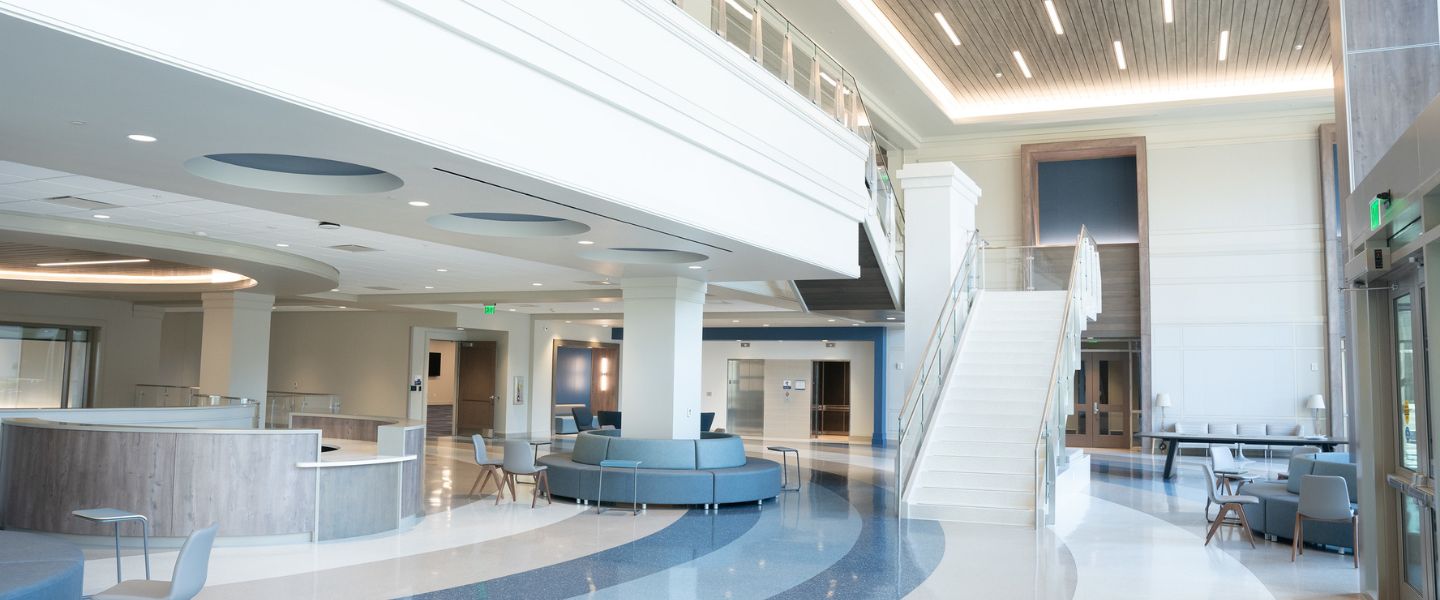Behind the Scenes of Belmont's Anatomy Lab
Nestled in the heart of Belmont University, the anatomy laboratory buzzes with the quiet hum of academic discovery. At the center of this crucial hub of learning stands James McElroy, the lab's manager and a provider of anatomical education for Belmont students.
Growing up just outside of Seattle, Washington, McElroy’s early career was far removed from the world of academic anatomy. After graduating from The Evergreen State College with a degree in marine studies, he worked with the National Oceanic and Atmospheric Administration as a marine science technician. This role took him around the globe, feeding his love for travel and science.
However, a significant career shift led him to the bioskills industry, where he has now spent over 20 years. Today, McElroy is a key figure at Belmont, ensuring that the anatomy lab runs smoothly and efficiently.
A Day in the Life of an Anatomy Laboratory Manager
The anatomy lab is a vital component of the educational experience at Belmont. "If students don’t understand the muscles, tendons, connective tissue, veins and arteries in a human body, they wouldn’t be very good at their jobs," McElroy says. Hands-on experience with human anatomy is key to their learning and future professional competence.
McElroy’s role is multi-faceted and dynamic. "During the fall, students are in the lab almost every day, including weekends," he shares.
 His primary responsibility is to ensure that the lab is well-equipped for students to study human anatomy. His meticulous coordination extends to various programs such as Physical Therapy (PT), Occupational Therapy (OT) and Biology. Additionally, McElroy manages the PT labs and oversees continuing education courses for the PT department, including specialized training sessions for surgeons.
His primary responsibility is to ensure that the lab is well-equipped for students to study human anatomy. His meticulous coordination extends to various programs such as Physical Therapy (PT), Occupational Therapy (OT) and Biology. Additionally, McElroy manages the PT labs and oversees continuing education courses for the PT department, including specialized training sessions for surgeons.
Maintaining the lab presents its own set of challenges. One of the biggest hurdles is securing the necessary donations for educational purposes.
"Donations are not always easy to come by, especially after COVID," McElroy explains.
Building and maintaining strong relationships with donation programs is crucial to meeting the lab's needs. Additionally, keeping the lab environment controlled — specifically maintaining the right temperature and humidity levels — requires constant vigilance and cooperation with the facility management team.
Despite these challenges, McElroy finds immense reward in his work. "The most rewarding part is watching the students grow and become comfortable with the human form," he says. Witnessing students transform from hesitant beginners to confident, curious learners is a highlight of his role.
Evolution and Future Prospects
Since McElroy took on his role, the lab has seen significant evolution. Prior to his arrival, the lab was managed by faculty. McElroy has since introduced medical device companies for training sessions, expanding the lab's utility and exposure. He keeps a keen eye on the latest trends in the bioskills industry and ensures the lab adapts accordingly.
Looking to the future, McElroy envisions further growth and diversification of the lab’s use. He hopes to see the development of storage facilities for specific research needs and even the establishment of a donation program at Belmont. He also dreams of more interdisciplinary use of the lab, inviting additional programs to explore the intricacies of the human body firsthand.
McElroy’s passion and dedication have transformed Belmont’s anatomy lab into a dynamic learning environment. His vision and commitment ensure that the lab will continue to be a cornerstone of anatomical education, fostering a deeper understanding of the human form for generations of students to come.
Learn More
Discover what Belmont's College of Pharmacy and Health Sciences has to offer.

